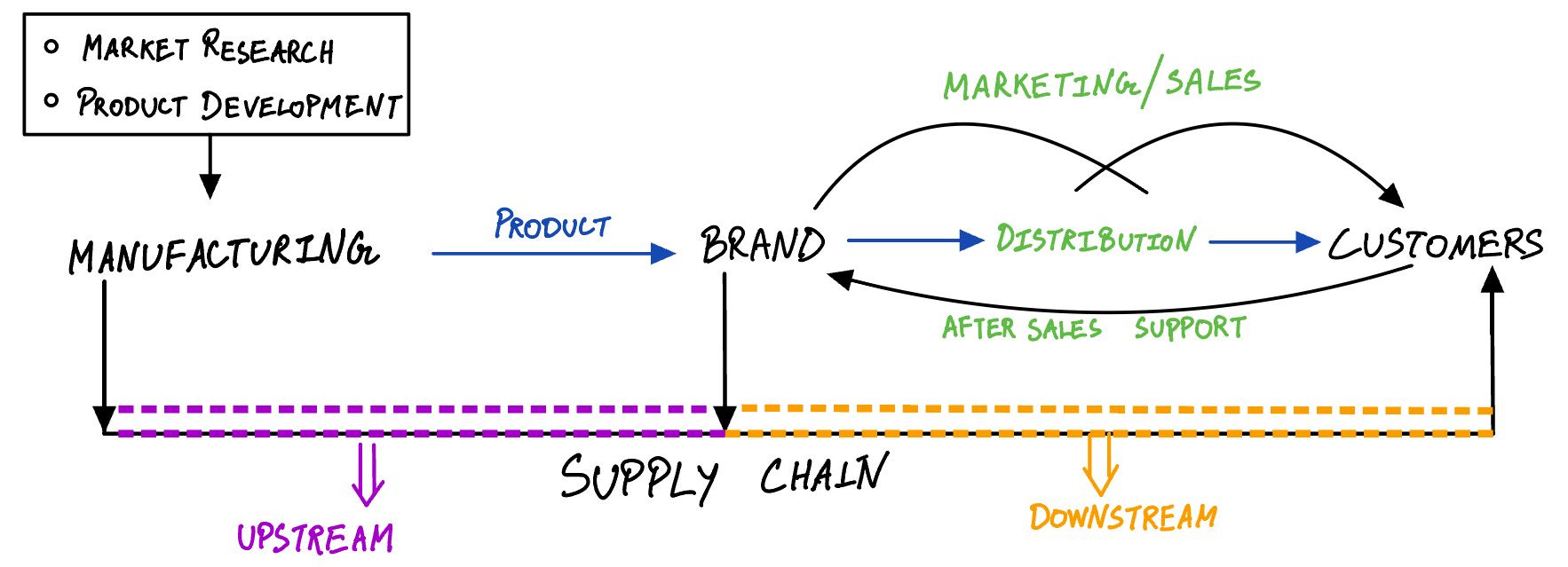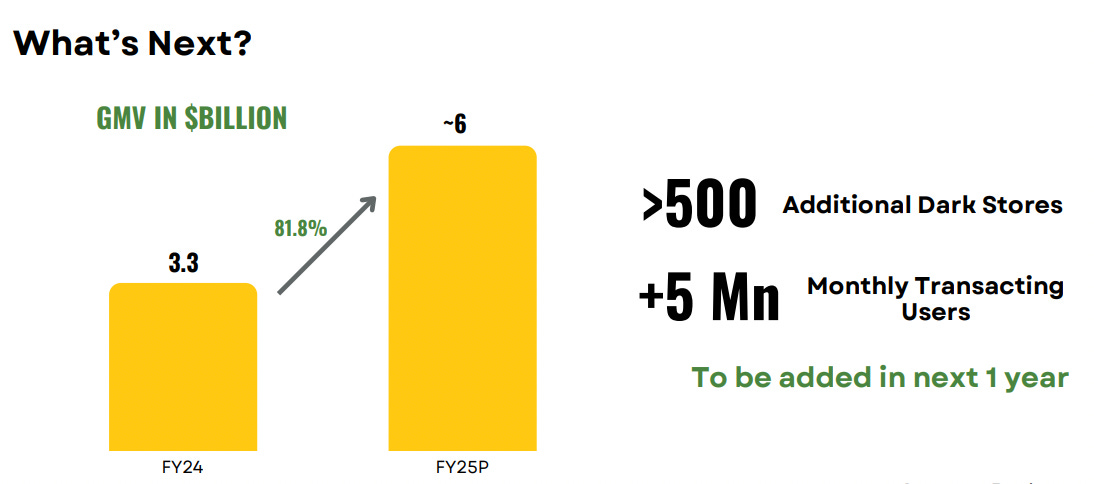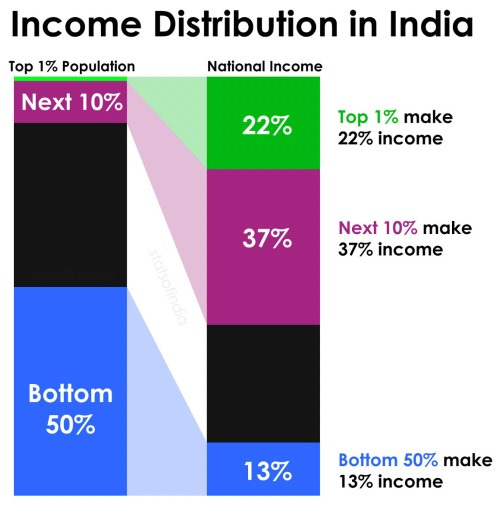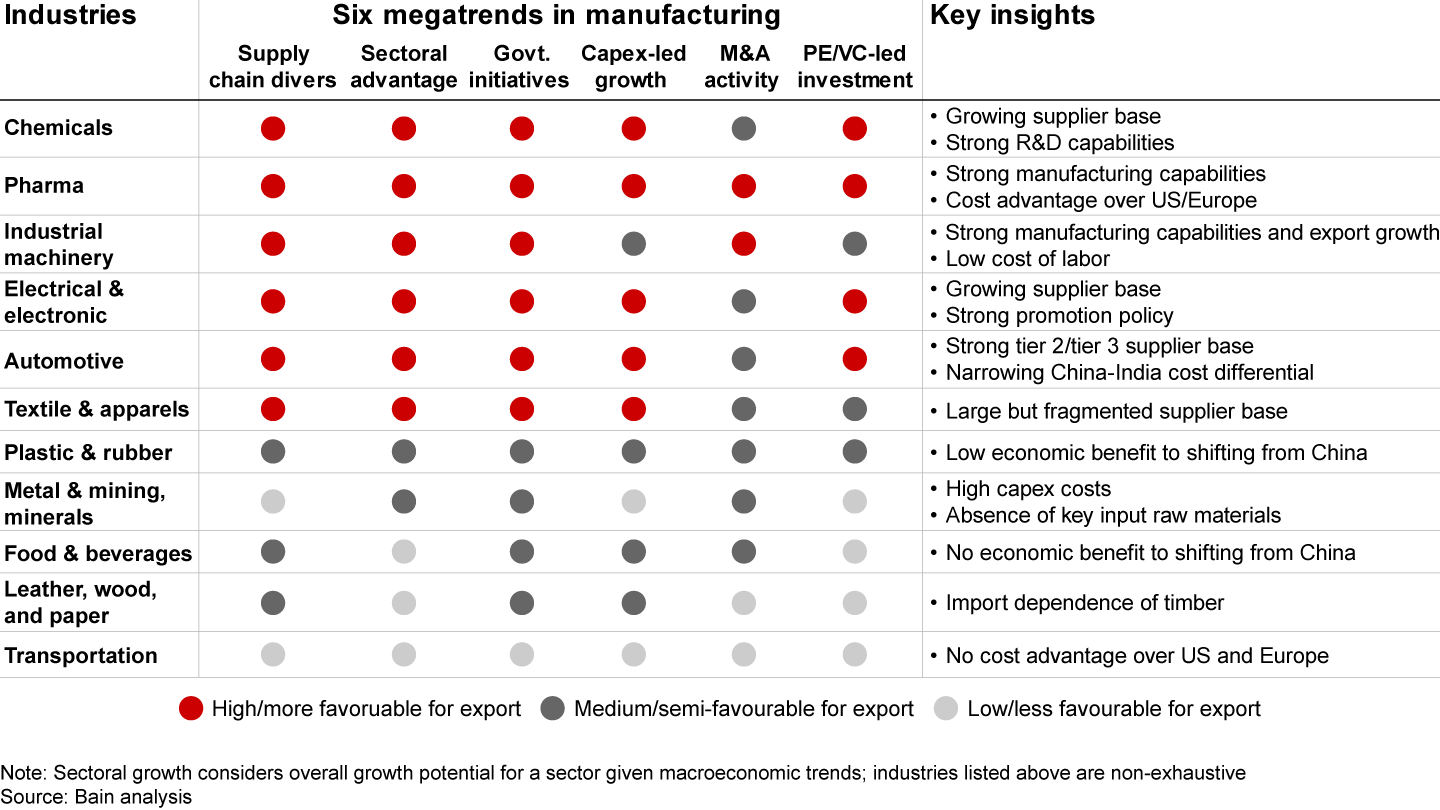Consumer-Commerce Insights | India
What is working in Consumer Commerce, why & How ? || Emerging Spaces & Success Models (No Fluff -2024)
What does commerce look like for a consumer brand :
Downstream :
Distribution
Interesting segments to study :
Looking at Distribution for Consumer Brands
Green - New / Open spaces with early stage models (V 3.0)
Orange - Fairly long existing spaces with few established played (V 2.0)
Red - Long standing Incumbents in these spaces (V 1.0)
Marketing & Sales - ECommerce Enablement
Classified into:
Few Successful companies in Sales: E-comm Enablement:
Insights New Consumer Brands to Grow:
New Consumer brands are witnessing exciting growth, Why ?
Successful Outcomes
Q-Comm Tailwinds
Changing Consumer Behaviour
Successful Outcomes
D2C as a segment had lost interest with most investors from 2019 - 2023 But has been seen a resurgence of interest in the D2C sector, due to:
Success of VC backed consumer brand with successful outcomes:
Mamaearth
First Cry
LensKart
BoAt etc.
REVENUE (high growth)
Q-commerce
Fairly Large / Multiple Opportunities (V 3.0) in Downstream present which are powering new-age commerce :
Around rejuvenation of Retail
Around Quick-Commerce
The Gross Merchandise Value (GMV) of India's quick commerce industry increased to $3.3 billion in the financial year 2023-24, compared to $500 million in the financial year 2021-22, registering a nearly 280% increase, according to the report.
Trend and future outlook
How is the Q-Comm supply chain designed ?
Current Supply Chain for Quick Commerce :
Where are 3PL Q-Comm Enablers comming in ?
Combination of :
Retail Outlet + 3. Last mile
Dark-Store + 3. Last Mile
All combined / hybrid → For better order density
Changing Consumer Behaviour:
Premiumization
Key Drivers of Premiumization
Rising Affluence: The expansion of India's middle class has resulted in increased disposable incomes, allowing consumers to explore premium offerings beyond basic needs. This demographic shift is particularly evident in Tier 1 and Tier 2 cities, where aspirations for quality products are growing rapidly
Aspirational Shift: Urbanization and exposure to global brands have fostered a desire for better lifestyles among Indian consumers. Premium products are increasingly associated with status and success, leading consumers to invest in higher-quality goods
Digital Influence: The rise of social media and online platforms has heightened consumer awareness and comparison
Evolving Retail Landscape: Modern retail formats, both online and offline, have made premium products more accessible.
Quality Over Price: Today's consumers prioritize quality, durability, and after-sales service over mere affordability.
I see it in 3 buckets in Consumers in India :
The Urban affluent
The Tier 2+ mindset
The modern buyer (Gen-Z ++)
A few distinct characteristics for each group :
URBAN AFFLUENT
Usually around 24 - 45 age group
Work and live in Metros (more % salaried, less % self-employed)
Income is mostly > 1 lac / month, with significantly disposable portion
Shops 40%+ online
Aspires to be in the top 1%
Often flaunts through branded products
Wants convenience, travel, premium products (Q-commerce’s & major OTT platform users)
Least fussy about price for good value
TIER 2+ MINDSET
Not age-restricted
Living in either Urban (Boomers or Generation X) or Tier 2+ geography
Income usually > 2 lac / month of the household (less % salaried or more % self-employed)
Shop ~ 10-30% online
Aspires to be locally most successful
Their perception in the community / society matters a lot to them
Seek hyper-value (Think Big Bazaar customers)
Price sensitive - love the discount / bargain deals
MODERN BUYER (GEN-Z ++)
Usually < 25 years (think 1st Job professionals / college students)
Mostly in top 10 cities on India
Just started earning or usually dependent on family for monthly expenses 10K to 1 lac / month
Shop 60+% online (driving ecomm growth in non-metros as KOL in the household)
Aspire to have freedom to do what they want - figuring out their job / business
Stay upto date with fashion trends, social media, think about saving / investing
Seek quality in smaller brands / boutique offerings
Price not a barrier if affordable (on EMIs) with monthly allowances
UPSTREAM:
Contract Manufacturing
Domestic
Cross-border → Think how all major brands have their factories in China
Macros in favour :
Increased Contract Manufacturing and Outsourcing
Interesting sub-sectors :
2. Government Policies and Incentives
Make in India and Atmanirbhar Bharat: These initiatives aim to make India a global manufacturing hub, particularly in key sectors like electronics, automotive, and pharmaceuticals.
PLI Schemes: The government has rolled out PLI schemes for several sectors, incentivizing domestic manufacturing and attracting foreign investments in upstream industries.
Favorable Tax and Regulatory Environment: The easing of tax regulations, such as GST reform, and policy support have made India more attractive for international companies seeking contract manufacturing partners.
To conclude there are several Macro + Micro factors and open / emerging spaces in the Indian Consumer Commerce which will eventually be capitalised by startups or incumbents.






















